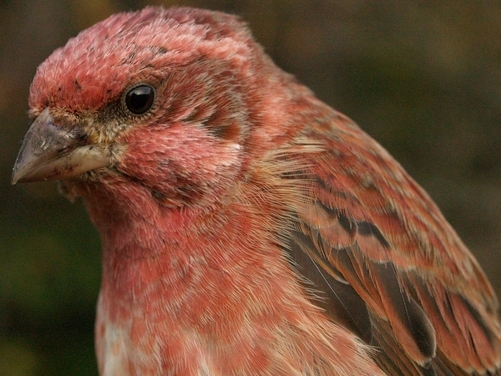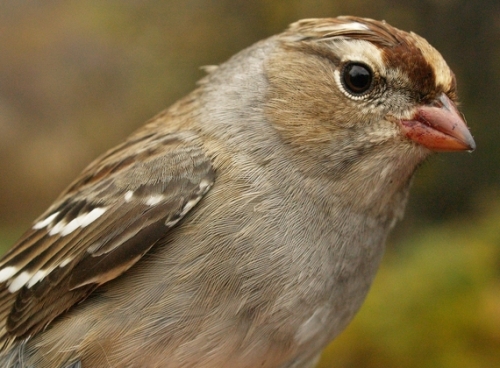|
McGILL BIRD OBSERVATORY |
|||||||||||||||||||||||||||||||||||||||||||||||||||||||||||||||||||||||
Welcome
to the McGill Bird Observatory weekly report.
Click here for a complete listing of our archives.
Banders-in-charge: Simon Duval, Gay Gruner, Kristen Keyes Notes: Last year at this time we left the fall nets up for an extra week to see whether we were missing the tail end of migration for sparrows and other late-moving species, and ended up with just a trickle of birds (28 individuals) in 157 net hours. This year we returned to our traditional approach of shutting down the fall nets after 13 weeks and switching to the winter nets, and the count was almost tenfold greater, although THE NET HOURS! Of course in large part the birds we are catching now (and through the rest of winter) are being attracted to the feeders that are back in place and well-stocked, again thanks to the generous donation of seeds from the Centre de Conservation de la Faune Ailée. Owling also continued this week, with the end of our official six-week season coming on Friday night, although it was somewhat anticlimactic, as it and the night before were both rained out. However, earlier in the week results were decent, with 11 more saw-whets banded, including an impressive late-season total of 6 on November 3. The total count for the past six weeks now stands at 109 saw-whets and 1 screech owl banded, plus two foreign recaptures. However, since the last night prior to the rain was so productive, we are going to continue on a part-time basis for at least one more week to see whether we can determine when the saw-whet migration is really over. Any further results will be noted in the monthly report for November.
Clearly this year's strong junco migration is continuing into November, with nearly 100 more banded this week, on top of the record total of 507 banded earlier this fall. On the other hand, despite the lure of the feeders, we banded very few chickadees this week, suggesting that the strong migration which continued through most of the final week of fall ended abruptly. It is less surprising that last week's most banded bird, American Robin, was not banded at all this week, since it is unlikely to be attracted to the feeders (although we did catch a couple in the winter nets last year, probably attracted to the fruit remaining on the hawthorns there). Like last year, large numbers of American Goldfinches and House Finches arrived soon after the feeders went up, as reflected by the large numbers banded this week.
The only addition to the list this week was American Goldfinch, largely thanks to a flock of 48 observed on Thursday morning, perhaps already attracted by the feeders. In all, the 39 species observed this week was a record high for the first week of November, and more in fact than we've sometimes had in the whole month. No doubt that was influenced to some extent by the extra effort on site this week, and we expect the list to grow much more slowly over the rest of the winter. For the remainder of the season we will return to posting one update per month, then will resume with weekly reports when the spring season begins at the end of March.
|



